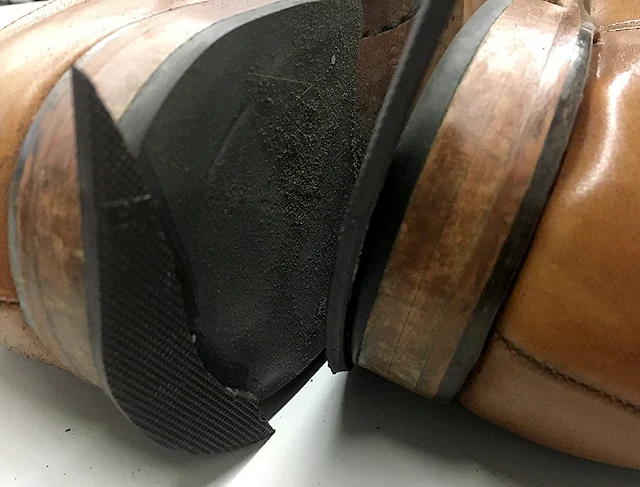I did this type of work growing up, so I know how to repair shoes. I don't have all the machines but can get the job done with just normal shop tools. Below is the process. This pair of shoes are in pretty good condition & are still good for a few more years, but they were inexpensive to purchase. To have the soles and heels done at a shoe repair shop would cost about the same as buying a similar pair new. So, it doesn't make economic sense. If I repair them myself and just pay for the materials (pretty inexpensive & bought through Amazon), then it makes economic sense...
 |




















No comments:
Post a Comment